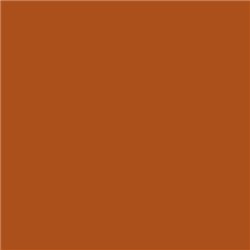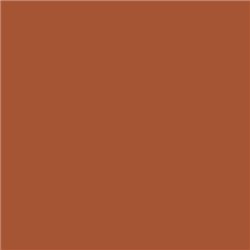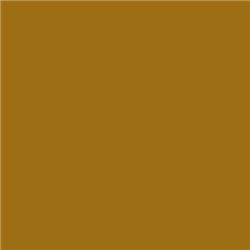Static grass puffer bottles work by manually charging model grass fibres with static electricity. When the charged...
No products
Product successfully added to your shopping cart
There are 0 items in your cart. There is 1 item in your cart.
Search Tips
How can I paint rust effects with just a brush?
To paint realistic rust effects with just a brush, here's a straightforward approach:
Materials you'll need:
- Acrylic paints (a mix of brown, orange, red and black).
- A stiff, worn-out brush or a dry-brush for texture.
- A fine-tipped brush for detailed streaks or spots.
- A palette for mixing.
Steps:
Base Layer: Start by painting the surface with a dark brown or black base coat. This mimics the depth of rust and gives a foundation for layering.
Stipple Technique: Mix a rusty orange or reddish-brown shade. Use a stiff or dry brush, lightly loaded with paint, to stipple over the base coat. Dab rather than drag the brush to create irregular patches.
Layering: Add highlights with brighter orange or yellow tones in uneven patches. This makes the rust look more dynamic and realistic.
Detailing: Use the fine-tipped brush to paint streaks or concentrated spots of rust where water would naturally flow or pool. Blend slightly to keep the effect organic.
Final Touch: Add a few black or very dark brown streaks or spots for contrast and to simulate areas where rust has deepened.
Tips:
- Work with thin layers to build depth gradually.
- Observe real rust patterns for inspiration, focusing on randomness and variation.
- If the surface is textured, use that to your advantage to enhance realism.
Click here to receive the tips weekly in your mailbox. You can unsubscribe at any time.










